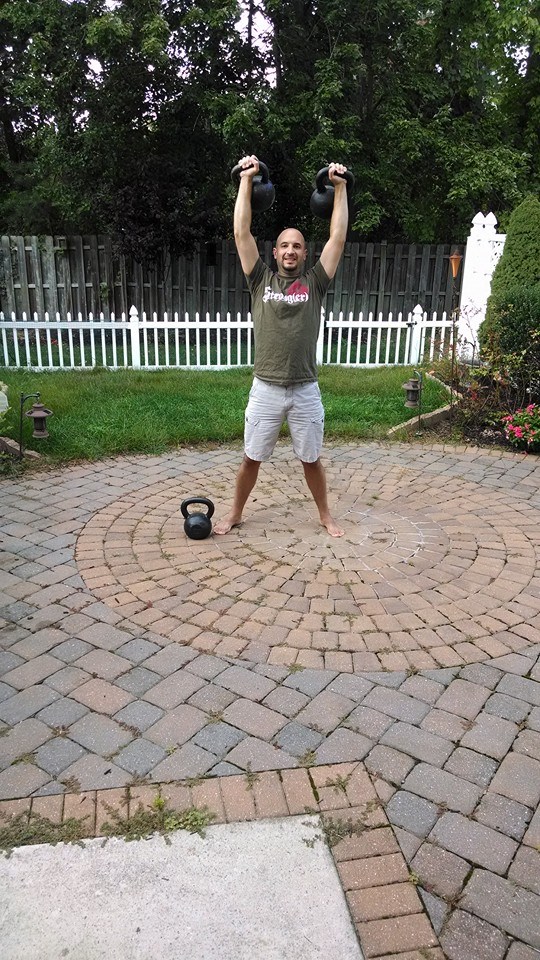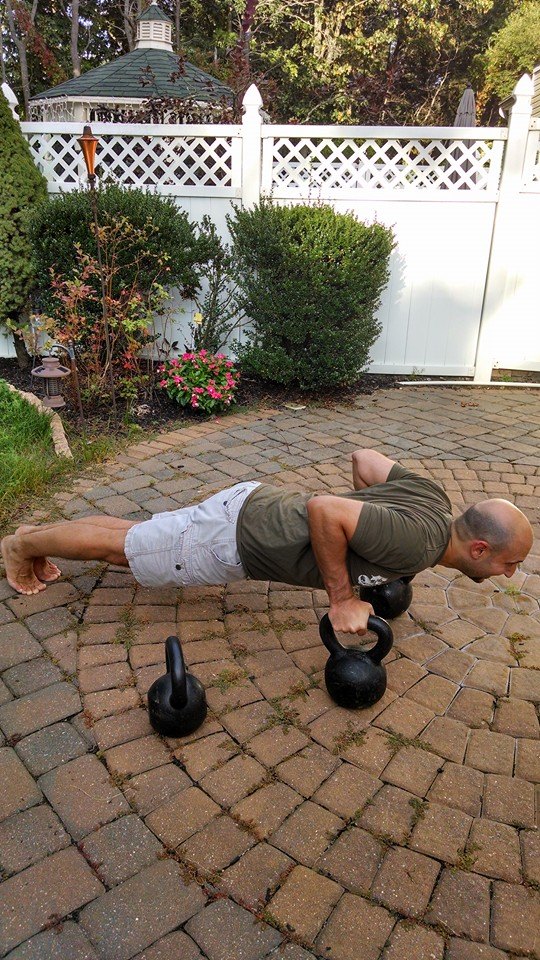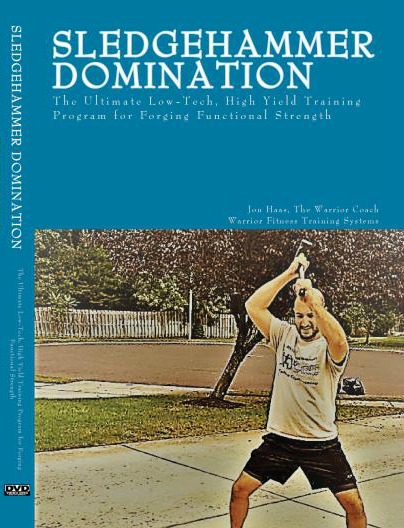“All-round sports training must include the capability of coping with unexpected and sub-optimal conditions”– Mel Siff, PHD author of Supertraining
In a recent post, Are You Practicing Wrong, I covered why I think the idea of “perfect practice” is utter nonsense when it comes to training yourself how to improve at pretty much any skill. In this post, I’d like to take it a step further and talk about how crucial Imperfect Training is to your overall development as a warrior.

When you train, you must spend time training outside of your comfort zone, that is a given. In order to create change you must push the body and mind, stressing the entire system and forcing it to adapt at a higher level. With the idea of Imperfect Training though, you must also train your movements slightly outside the comfort zone of perfect technique and range of motion.
Why?
In combat, the situation never goes according to plan. In fact most times the plan gets rewritten on the fly of thrown out the window entirely! The planning process, however, is indispensable. Your training is the planning process. You must plan on building a safety valve into your training by strengthening the range of motion of your skills slightly outside the comfort zone so that when (not if) your movement goes awry, your body can avoid injury and still keep going.
This type of training is essential for the warrior because your greatest asset in combat is your ability to recover faster than your opponent from a mistake. It is not the absence of mistakes, but the recovery from mistakes that determines the winner. The not making any mistakes in your training should be left to the realm of fantasy because that’s all it is, unless you are training in a vacuum, of course.
How Do You Do This?
There are several strategies I employ for this type of training within my Warrior Fitness Training System. Initially it begins from whole body mobility work, opening up and increasing range of functional motion. Then the mobility gets loaded with light dumbells, kettlebells, stones, or clubbells. Then you begin incorporating full, whole body exercises with heavier odd objects such as Sandbags, Kettlebells, Sledgehammers, many various Bodyweight exercises, and Clubbells. This insures whole-body, 3 dimensional strength for the warrior that increases his durability and resistance to injury.
Here are a few examples of the different modalities:
Sledge Hammer Training
Off Loaded Body Weight Exercises
Clubbell / Sledgehammer Training
What are your thoughts? How does this type of work fit in with your own training?
Learn more about sledgehammer training, combat conditioning in my comprehensive program, Sledgehammer Domination: The Ultimate Low-Tech, High Yield Training Program for Forging Functional Strength






Leave A Response